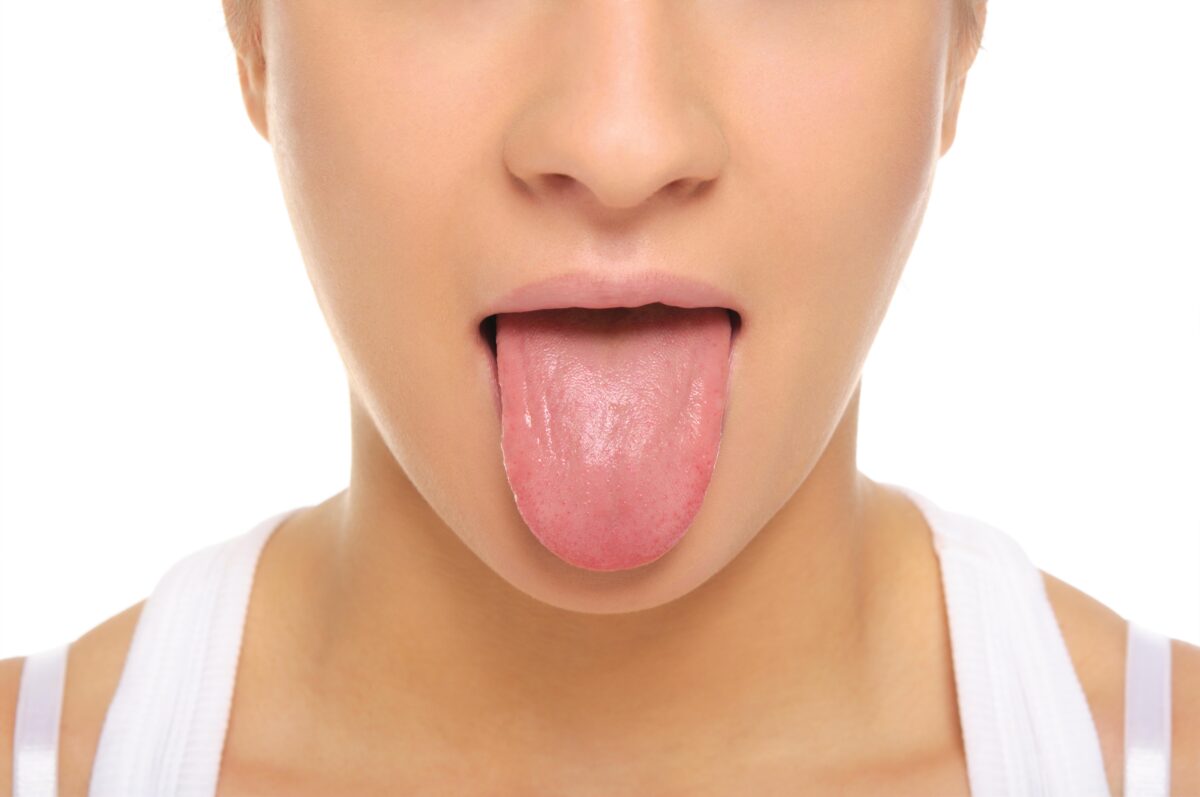Blog
Dental hygiene tips for healthy teeth & gums

What Your Tongue Can Tell You About Your Oral Health
An individual’s tongue can offer valuable insight into his or her health and body condition. We can learn a lot about our health from the tongue’s colors, coatings, shape, and texture, considering it is linked to many of our vital organs.
Besides aiding you in speaking and chewing, your tongue can also provide your dentist with valuable information about your body and oral condition. To know more about your dental well-being your dentist also checks the base of your mouth during regular visits.
It can be very beneficial to learn about infections or dental conditions and even mouth cancer.
So, in this article, we are going to learn about the same in more detail and this information can help you keep your dental health on track.
What does the color of your tongue say about your dental health?
The texture and color of your tongue say a lot about your overall well-being and it is very vital to pay close attention to that:
What does the red color indicate:
Insufficient vitamin intake – The tongue may appear red as a result of low folic acid levels or vitamin B-12 deficiencies. In order to determine these levels, a simple blood test can be performed.
The geographic pattern on the tongue – This condition produces reddish spots on your tongue in a pattern similar to one on a map. Over time, these patches may shift from one place to another, and they may appear with a white border around them.
What does the white spots or white coating indicate:
Oral thrush – It is a type of yeast infection affecting the mouth. There are typically white patches that look like cottage cheese, they appear on the skin inside the mouth. A person with weakened immunity is most likely to experience oral thrush, especially if they wear dentures or if they are infants or elderly.
Leukoplakia – This condition causes white patches on the tongue and within the mouth when the mouth’s bacterias grow excessively. An irritated tongue can lead to leukoplakia.
What does the black color indicate:
A tongue’s papillae enlarge throughout your lifetime, just like your hair. The longer they become, the more likely bacteria are to grow in them.
A dark or black appearance is possible when these bacteria grow, and the overgrown papillae appear as hairs. As his condition is not that common so you are not a risk of having them as compared to other oral conditions.
Apart from this if the base of your mouth feels bumpy or sore it can be a sign of any trauma, a side effect of an oral care procedure, or oral cancer in more severe cases.
As well as showing digestion-related issues, a thick layer of debris suggests poor intestinal health. In addition, if your tongue appears to be yellowish it indicates an infection in your body.
How to keep your mouth and tongue clean?
There are some very simple habits that you can form to keep your dental health on track and it starts with your tongue:
- Make it a habit to use a tongue cleaner. We often brush our teeth but we forget to clean the base of our mouth which makes our mouth a breeding ground for bacteria.
- Ensure you use mouthwash to rinse after brushing your teeth. Mouthwash not only helps with bad breath but also keeps the infection away.
- Brushing twice a day is also very effective as it makes you feel fresher and reduces the volatile sulfur compounds.
- Lastly, make sure you visit your dentist twice in six months to keep your mouth healthy and clean.


